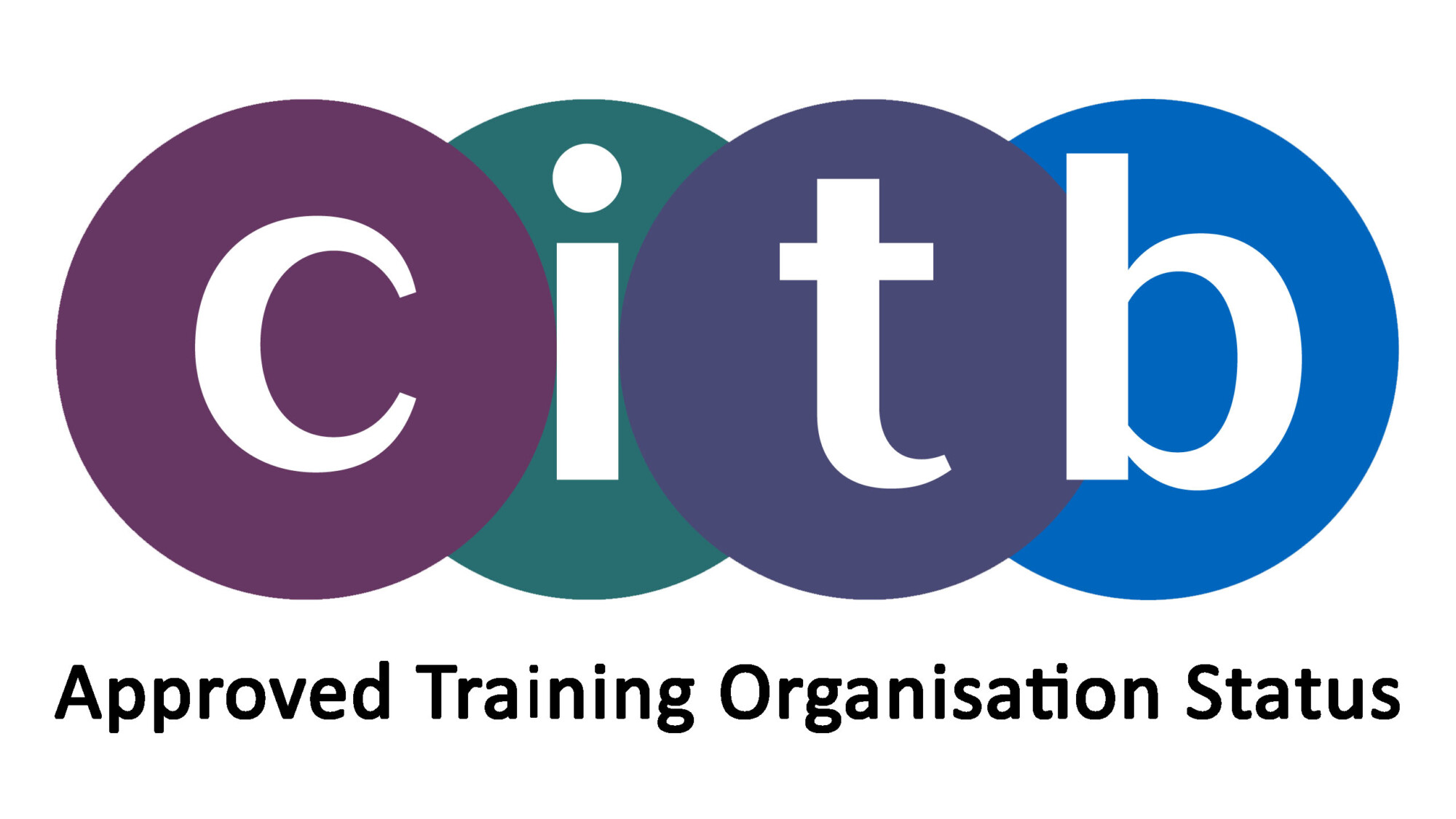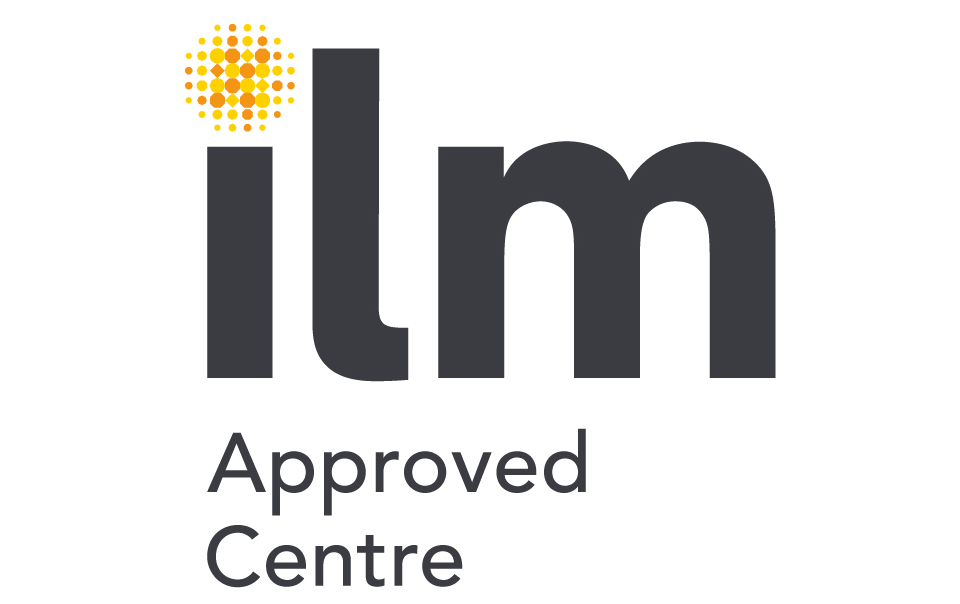Maximising Your Training Budget: Tips for Cost-Effective Learning
In the rapidly evolving business landscape, the significance of employee development is paramount. Training and development not only facilitate individual advancement but are also crucial for an organisation’s overall success. This blog offers practical advice and strategies to maximise the value of training investments within the confines of a restricted budget.
Understanding the Training Budget
A training budget is a financial framework designated for employee development and educational initiatives. It typically encompasses costs such as course fees, training materials, in-house programmes, technology, travel expenses, certification fees, and more. Comprehending each component is essential for optimising the budget effectively, ensuring a balanced allocation of resources between cost and impact.
Setting Clear Training Objectives
Establishing explicit training objectives is vital for enhancing the effectiveness of a training budget. These objectives should align training with business aims, focus resources efficiently, enable the measurement of effectiveness, and boost employee engagement. Setting definite goals ensures that training contributes strategically to the long-term success of the organisation.
Prioritising Training Needs
Within a limited budget, identifying and prioritising training needs is crucial. This process involves methods like skills gap analysis, employee surveys, reviewing performance metrics, consulting with managers, and benchmarking against industry norms. Prioritising training needs allows for targeting key skills deficiencies, supporting strategic objectives, and optimising the return on investment (ROI).
Leveraging Technology for Cost-Effective Training
Technology plays a key role in delivering cost-effective training. It reduces logistical costs, offers scalability, ensures flexibility, and provides tracking and analytics capabilities. E-learning platforms, such as those provided by Keystone, offer interactive courses, video tutorials, and virtual workshops, significantly lowering training costs while catering to the needs of the modern workplace.
Keystone’s Digital Learning Solutions: A Brief Overview
Keystone’s Digital Learning Solutions includes a range of off-the-shelf e-learning courses designed to deliver impactful learning experiences with flexibility and relevance for today’s workplace. A brief overview of the available courses includes:
- Presenting with Impact: Develop and improve presenting skills and confidence in designing and delivering impactful presentations.
- Coaching Skills: Aimed at leaders and managers wanting to improve their skills for developing other people’s skills, knowledge, and competencies.
- Communication Skills: Improve communication skills – ensure communication is clear and assertive.
- Managing Meetings: A course for anyone wanting to improve skills and confidence in facilitating effective meetings.
- Performance Conversations: For managers responsible for conducting performance conversations who want to plan effectively and produce effective conversations for their teams to improve performance.
- Unconscious Bias Awareness: For managers and employees who want to become more aware of their unconscious bias in order to create and respectful and inclusive workplace.
- Planning, Organising and Time Management: For those who struggle with getting started, meeting deadlines or completing tasks.
Customising Training Programmes
Customising training programmes to align with organisational needs offers numerous benefits, such as increased relevance, effectiveness, engagement, alignment with organisational goals, and focused skill development. Customised training, while potentially more costly initially, can lead to substantial long-term savings by avoiding unnecessary expenditure and ensuring a direct impact on performance.
Measuring and Demonstrating ROI of Training
It’s critical to measure and demonstrate the return on investment (ROI) of training to justify expenses and ensure the training meets its intended objectives. Methods for calculating ROI include pre-and post-training assessments, feedback surveys, performance metrics analysis, cost-benefit analysis, and long-term impact evaluations. Keystone Training Ltd focuses on delivering high-quality training and demonstrating tangible ROI.
Outsourcing vs. In-House Training
When choosing between outsourcing and in-house training, organisations must consider the advantages and disadvantages of each. Outsourcing provides access to expert knowledge, quality, and variety but may be more costly. In-house training offers customisation, cost-effectiveness, and integration with internal processes but may require significant resources. Deciding between the two should involve a thorough assessment of training needs, budget, and available resources.
Employee Engagement and Motivation
Employee engagement and motivation are essential for maximising the effectiveness of any training programmes. Motivated and engaged employees are more likely to participate actively, apply their learning, and share knowledge with colleagues. Strategies for maintaining motivation include linking training to career progression, involving employees in planning, creating a supportive learning environment, using diverse training methods, setting clear objectives, providing feedback, offering flexible learning options, and celebrating achievements.
Monitoring and Adjusting the Training Budget
A training budget should be dynamic, regularly reviewed, and adjusted to meet changing requirements. Regular reviews allow organisations to respond to shifting needs, optimise resource allocation, and maintain financial discipline. Guidelines for reallocating resources include evaluating training effectiveness, prioritising based on objectives, being adaptable, considering cost-efficient alternatives, leveraging data for decision-making, involving stakeholders, and planning for contingencies.
Conclusion
Effectively utilising a limited training budget requires strategic investment for maximum impact. Key considerations include understanding the budget, setting clear objectives, prioritising needs, leveraging technology, customising programmes, measuring ROI, balancing outsourcing with in-house training, fostering employee engagement, and regularly monitoring the budget.
Keystone Training Ltd invites organisations to explore diverse course offerings for impactful learning experiences and offers a complimentary training consultation to develop a customised training plan within budget constraints. Don’t allow budget limitations to restrict training potential—request a complimentary training consultation to fully utilise the workforce’s potential and ensure organisational growth and excellence.


